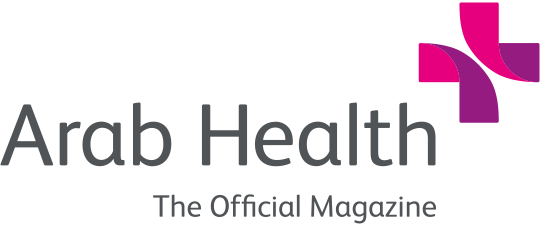What’s Easier: Implementing Health Reforms or Climbing Mount Everest?
By Alberto de Rosa, CEO, Ribera Salud Group
Health systems around the world must face major global challenges like an aging population, chronic diseases, the evolution of technology, and the introduction of new medicines. While it is true that we are still in the beginning stages of defining a strategy to address these challenges, many countries are fortunately already working ‘side by side’, participating in reforms as a way to tackle these issues with an innovative and disruptive approach.
One of the opportunities offered by Ribera Salud’s management model is the ability to participate in numerous discussion forums, contributing the experience of the model our company developed as a strategic guideline for facing the global issue of reform.
In my opinion, the major reforms that governments around the world are trying to introduce in their health systems are based on three common points:
(1) achieve the population’s best overall health through a quality health service, (2) guarantee the long-term economic sustainability of health systems and (3) apply best practices through the use of technology in order to achieve high levels of specialisation and a much more efficient system. These three elements are the foundation of the public/private collaboration model developed by the Ribera Salud Group.
However, according to the Group’s experience, in order to successfully develop a model of public-private collaboration, the government’s objectives and the incentives it establishes for the private sector must be clearly defined in order to ensure they align.
In the 20-plus years that we’ve spent developing our management model, the biggest challenge we have had to overcome has undoubtedly been cultural transformation. Today, changing the culture of all the stakeholders involved in the health system –politicians, professionals, managers, and patients – is unavoidable because health systems can no longer be managed like they were 50 years ago. Introducing innovation and flexibility is crucial if health systems are going to be adapted to today’s profound social changes.
We have discussed the ‘Triangle of Transformation’ (modern clinical management, advanced information systems, and innovative human resources management) as the cornerstone of our strategic policy. In my opinion, we must implement action plans in each of the three parts of the triangle at the same time because we cannot develop a true programme of reforms if these three areas are not addressed simultaneously.
First, we are committed to modern clinical management based on population health management, which harnesses continuity of care in the clinical process and the pro-activity of all the stakeholders involved in the population’s overall health by implementing plans to promote health and disease prevention. At the same time, we introduce elements of predictive medicine that make it possible to personalise health programmes to the fullest extent possible.
Second, we advocate for the use of technology as a way to transform and update the health system, as well as a benchmarking tool. On the one hand, advanced information systems give citizens greater accessibility and increased participation in the management of their own health; on the other, they contribute to enhanced, more fluid communication between professionals at different levels of care and, finally, they help managers in decision-making, because information and a thorough analysis of data is required before the right measures can be taken.
Third, people management. Just like we advocate for the alignment of the company’s and government’s objectives in the public/private collaboration model, we believe that aligning the professionals strategy with the organisations is crucial. To that end, we must introduce innovative models for talent management that range from variable compensation to a policy of recruiting, promoting, and retaining talent, to a professional career with ongoing training.
In addition to these three areas, I would like to emphasise that the most important element of public/private collaboration models is measurement and transparency. It is necessary to periodically measure and analyse results from the public and private sectors, and make these results available to citizens. Clarity in accountability to citizens, responsibility, and active participation of the stakeholders involved (particularly professionals) in management are key, because the extent of the efficiency of public/private collaboration is directly related to the standards of good government.
Those of us who have worked in the health sector for years believe moving forward in this direction is essential, because only then will we be able to make ‘objective’ decisions based on ‘real results’. This is why we have advocated for the creation of an independent observatory that, using data and logic-based thinking, analyses different forms of management.
While it is true that this institution has yet to be created, there are many international studies that have been published that value the quality and efficiency of the private management of a public service.
One of the most recent reports was developed in Spain by the Audit Office of the Valencian community. The Valencian government commissioned this study from the public auditor just over a year ago, and the study concluded that the private health departments represent a saving of 25 per cent to the public administration, the waiting lists for private health are much shorter, its quality indicators are much higher, citizens are more satisfied with their care, and the per capita investment is practically double. In short, higher quality at lower cost. We have always requested the preparation of independent reports like this one as part of our commitment to responsibility, transparency and good governance.
Although I recognise the difficulty, all these elements must serve to make the development of new health management policies possible. New policies focused on the patient are needed, which ensure the population’s best overall health status, which harness the available technological tools and establish new financing models, such as the capitation payment, a ground-breaking system proposed by Ribera Salud.
Although much remains anchored in the debate about whether reforms should be implemented or not, what is clear is that the growing and increasingly stronger pressure on the costs of the system will be our greatest long-term challenge.
Ultimately, the path of innovation and the path of being disruptive, will always be full of obstacles that we must face head-on because...what’s easier: implementing health reforms or climbing Mount Everest?


